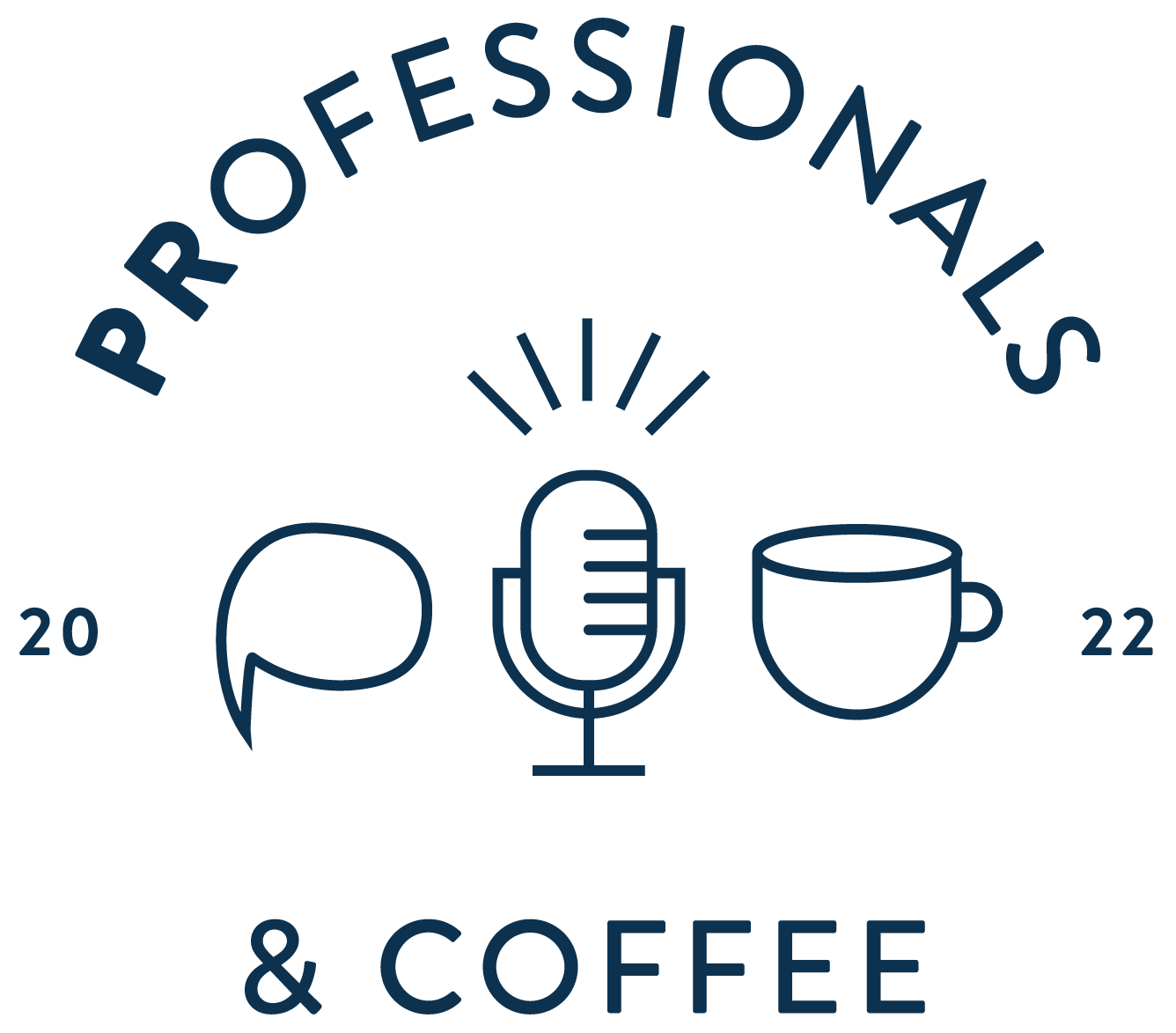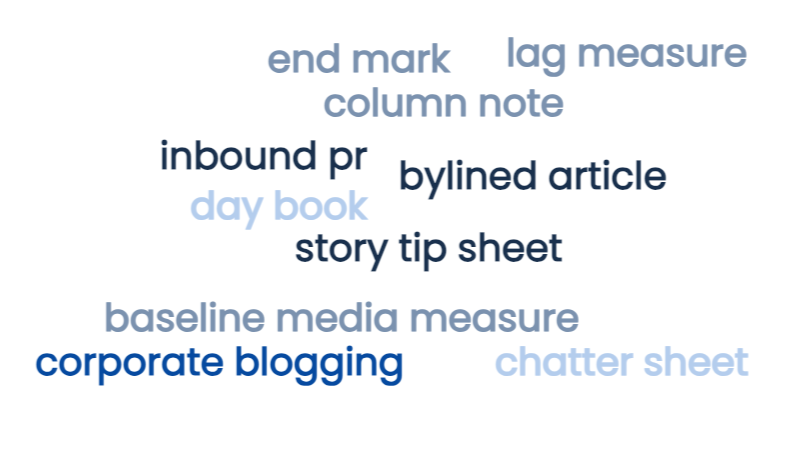Written by Aditi Soni
Imagine this – a starry-eyed recently graduated, just starting your first Public Relations (PR) role. You are armed with your notes and some must have theoretical knowledge of what your job entails. In PR there is a whole new lexicon to remember.
To make your job a bit easier and understand PR jargon, we have created a list of new or relevant terms that you should know or might have never heard about. There are terms you might already know so consider this a refresher as well. Here they go:
1. Backlink: A link from another website back to your site, helping improve search engine rankings.
2.Baseline Media Measure: An initial benchmark for evaluating the success of media relations efforts over time.
3. BHAG (Big Hairy Audacious Goal): An ambitious long-term goal to motivate and focus efforts.
4. Bridging: Transitioning between topics during interviews to steer the conversation.
5. Bylined Article: An article written by someone within the organization for a publication and published under their name.
6. Camera-Ready Features: Pre-written articles or content pieces provided to media outlets that require little or no editing before publishing. They make it easy for time-crunched editors.
7. Column Note: A brief item submitted to media outlets for inclusion in a news column.
8. Corporate Blogging: Maintaining an official blog to share company news and insights.
9. Chatter Sheets: Briefing documents containing key messages, Q&A, background information and talking points to prepare company spokespersons before media interviews.
10. Day Book: A listing of daily events and observances to identify PR opportunities.
11. EPK (Electronic Press Kit): Digital media materials like photos, videos, and releases for the media.
12. Embargo: A request to media to withhold publishing information until a specified date/time.
13. End Mark: A symbol indicating the end of a press release or article like ‘-30- ‘.
14. Inbound PR: Earning attention through content marketing rather than pitching media.
15.Lead Measure: A metric used to evaluate the potential future impact of PR activities, rather than past results. Examples could include media impressions, website traffic, social media engagement etc.
16. Lag Measure: The opposite of a lead measure – this evaluates the long-term impacts and outcomes of PR efforts over time, such as changes in brand awareness, reputation, customer loyalty etc.
17. Lead Time: The advance notice required by media before an event or announcement. This allows reporters sufficient time to prepare coverage. Lead times vary for different media types.
18. Lede: The introductory section of a news story, designed to grab attention.
19. Mat Release (Matte Release): A pre-written article provided to media outlets that they can publish verbatim, often used for product reviews, event previews or human interest stories. It’s designed to make the editor’s job easier.
20. Media Day: An event where media are invited to experience/learn about something firsthand.
21. Media Value: Estimating the advertising cost equivalency of earned media coverage.
22. Newsjacking: Inserting your stories into current news for relevance and attention.
23. Organizational Almanac: A reference document containing key facts, history, milestones and other background information about a company or organization. It serves as a centralized resource for PR staff and spokespersons.
24. PR Prop: Physical objects or visual aids used to attract media attention and illustrate key messages during events, interviews or photo opportunities. Common examples are new products, prototypes, charts/graphics, costumes etc.
25. Press List: A database of media contacts to pitch stories to.
26. Publics Inventory: This refers to the process of identifying and prioritizing the different stakeholder groups or “publics” that are important for your PR efforts to target. Examples could include customers, employees, investors, media, government, local community etc. Analyzing and segmenting these groups helps tailor messaging.
27. RSS Feeds: RSS (Really Simple Syndication) feeds allow you to subscribe to website updates and receive new content automatically. For PR, this lets you monitor news sources, blogs, and other online publications for relevant mentions of your company, industry, competitors etc.
28. Story Tip Sheet: A listing of potential story ideas provided to media outlets.
We hope you got to learn some new terms and you are ready to apply them at work!
References:
https://www.prsa.org/about/all-about-pr/glossary-of-terms
https://www.pr.co/blog/pr-dictionary-100-terms-every-pr-pro-should-know
https://www.agilitypr.com/resources/pr-glossary/publicity-news-and-news-terms/
https://www.trizcom.com/blog/ultimate-list-of-public-relations-terms

